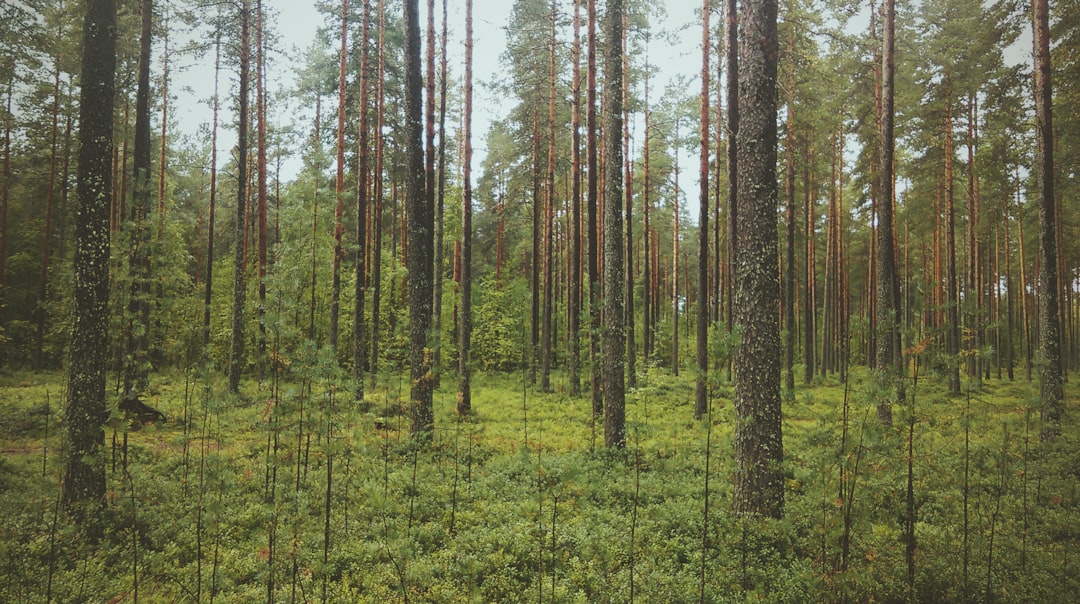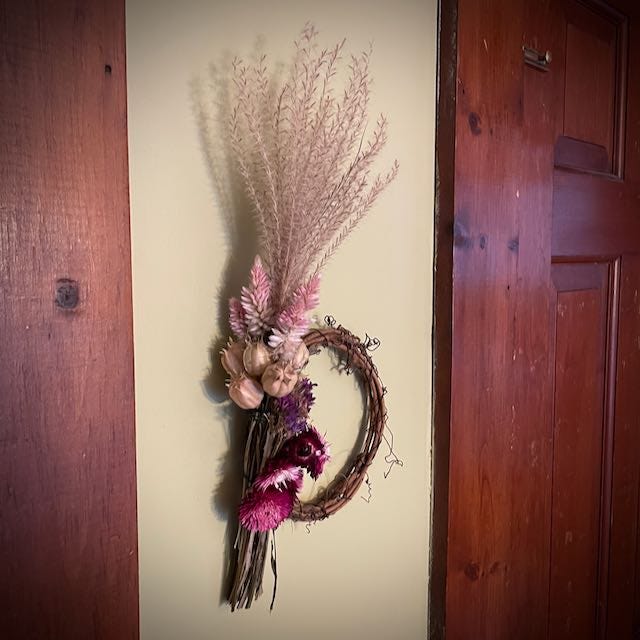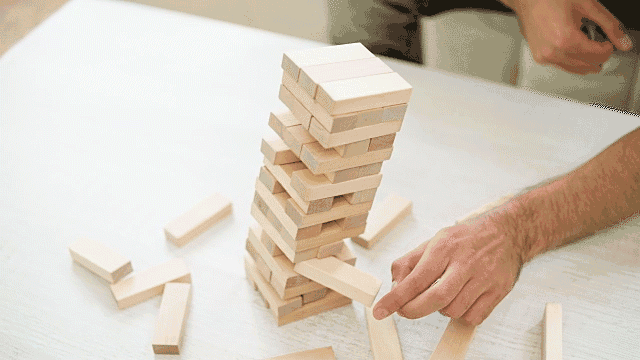Thinking About Our Legacy
The seeds that we sow today grow into tomorrow's fruits. What are we planting?
Welcome to the Quarantine Creatives newsletter, a weekly companion to my podcast of the same name, which explores creativity, art, and big ideas as we continue to live through this pandemic.
If you like what you’re reading, you can subscribe for free to have this newsletter delivered to your inbox on Sundays:
“Legacy. What is a legacy? It’s planting seeds in a garden you never get to see.” (Lin-Manuel Miranda, Hamilton)

This has been a tough week. Like many, I have been gutted by the scenes coming out of Texas, especially as they come on the heels of a similar mass shooting in Buffalo.
Ten years since Sandy Hook, we have another elementary school slaying, and it seems like we’re just waiting for another to happen. This week has me thinking about our future in some big ways.
In last week’s newsletter, I recapped an interview with my local mushroom farmer, Elizabeth Almeida from Fat Moon Farm. She said something that I didn’t include in the newsletter, but it has really been on my mind. (If you happened to listen to the full episode, this will sound familiar).
We were talking about the magic of old growth forests, where she likes to hike to discover new mushrooms, and Elizabeth told me why these preserved forests are so important to her:
“When you learn about carbon sequestration, it’s really the older trees that do the most carbon sequestration. You can find graphs that show, you know, in the first twenty years, it’s not a lot, but it’s really when the trees get to be 50, 100, 200 years old, that they’re really sequestering tremendous amounts of carbon.
One of our obligations, you and I, we have an obligation to start planting the old growth forests of next century.
Somebody’s got to plant those trees, and even if they’re not going to sequester a lot of carbon for the next 20 years, in 50 years they will be, but we’ve got to get that started.”
I love this idea because it shows the active role that all of us play in the future. We may not be there to enjoy the shade or fruit, but it’s our responsibility to plant those trees anyways.
We are merely passing through this world for a short time, others will come after us, and we have an obligation to not mess things up for them. It’s the same reason you don’t trash a hotel room- somebody else will need to clean up your mess and you might ruin the next guest’s stay.
I touched on this in another newsletter last month where I was discussing the Amish and how their outlook mirrors that of the Haudenosaunee people’s Seventh Generation principle. According to Amish scholar Donald Kraybill:
“They're not willing to accept whatever modernity brings their way. Their eye is on long term planning- on the downstream consequences that technology might have on their community and its future.”
When I think about how we plan for the future, housing seems to be a metaphor worth considering. I live in an old house that was built for working class people back in 1910. Everything about it is simple and was built for function, not with an eye towards craftsmanship or beauty.
Yet this house has endured for more than 100 years and is still very solid. It has housed my family for the last 14 years, and sheltered generations of families before mine too. When you live in an old house, you are very aware that you are a steward for a brief period, but that the house isn’t really yours, even if your name is on the deed for a little while.
Someday, this house will belong to another person. They will find shelter and warmth here. They will make memories. They may host holidays, raise children, and find a reprieve from daily life here.
I feel a responsibility to protect this house for whomever that eventual new owner is. After all, I was lucky enough to take over caring for this house after 100 years of its life because the people before me cared. They replaced appliances and roof shingles as needed and kept out water, cold, and pests.
I hope it has at least another 100 years in it and can be a place of significance for others long past my time.
Unlike a century ago, houses now are built fast and cheap and are seen more as a commodity than a place of living. This feels like an apt metaphor for America in 2022.

According to Education Week, which tracks this data, last week’s shooting at an elementary school in Uvalde, Texas was the twenty-seventh school shooting in 2022, and we haven’t even reached the half-way point of the year yet. School shootings are becoming so commonplace that most simply aren’t newsworthy anymore.
My kids have had very little awareness of what happened last week, but I still hugged them a little tighter when I dropped them off at school the morning after the shooting. It’s heartbreaking to think that as a parent, we cannot guarantee the safety of our youth when doing a basic, mundane task like attending class.
Politicians immediately fell into their respective and predictable camps. Ted Cruz called for more armed guards in schools and limiting the number of doors. Mitt Romney tweeted that “we must find answers” but doesn’t seem willing to look for those answers if they point towards guns. Chuck Schumer seems to be looking to compromise with Republicans, but he also said “Americans can cast their vote in November” based on a politician’s stance on gun rights. The Senate left for a recess without holding a vote on any meaningful gun legislation (although talks are supposedly continuing during the break).
I grew up when Columbine was seen as an anomaly, now shootings like it are seen as an inevitability- the cost of living in the USA.

What are we teaching our children when active shooter drills are interspersed with lessons in math and science? Who will these kids grow up to be? Some of them won’t even get the chance to grow up.
We have a gun problem. We also underfund mental health treatment. Our inaction on both fronts is a choice.

We are also turning a blind eye to the climate crisis.
The notion that the earth is getting hotter was being discussed more than 80 years ago when engineer Guy Callendar suggested a connection between atmospheric carbon dioxide and higher temperatures. The term “global warming” was used in 1975 in a paper by Wallace Broecker. Al Gore made An Inconvenient Truth in 2006.
We had the warning signs. We had a chance to make this world better for the future. Yet we continue to ignore the urgency. We deal with extreme heat, extreme cold, wildfires, and massive hurricanes, while still adding pollution to the world, unable or unwilling to act.
We have built wholly unsustainable systems around consumer goods like clothing and electronics. I chatted about this with author Amelia Pang last year and it was eye-opening just how much we produce overseas (often using essentially slave labor), and then how far we ship those products to get to our stores.
Our planet is built upon overlapping, interdependent, natural systems that we barely understand. Like pulling blocks from a Jenga tower, you may be able to remove a few pieces here and there without affecting the overall system too noticeably, but at some point, we will tug on the wrong block and our whole tower will come crashing down.
It seems wholly unfair that those of us that were raised during a time of excess continue to consume at our usual pace, leaving behind a huge mess that somebody else will need to put back together, if they can.
There are many more examples of this problem of not considering who’s coming next, including inaction on student loan debts and rising home prices. If we don’t start thinking of the future, our present will only continue to get more hellish.
I wish all of us, but especially our political leaders, would think like my mushroom farmer, the Amish, the Haudenosaunee, and the home builders of 100 years ago and consider the responsibility we all have to the future. I don’t mean to be too much of an optimist, but I hope that we can get back to planting seeds as a society so that we can grow a better tomorrow.
Related Reading
Maybe the Amish Are On To Something
If you’d like to catch up on past episodes of the Quarantine Creatives podcast, they can be found on Apple Podcasts, Spotify, or wherever you listen.
Please consider sharing this with a friend that you think might enjoy it, or better yet, share it on social media so you can tell hundreds of friends!
If you’ve missed past issues of this newsletter, they are available to read here.
Stay Safe!
Heath




